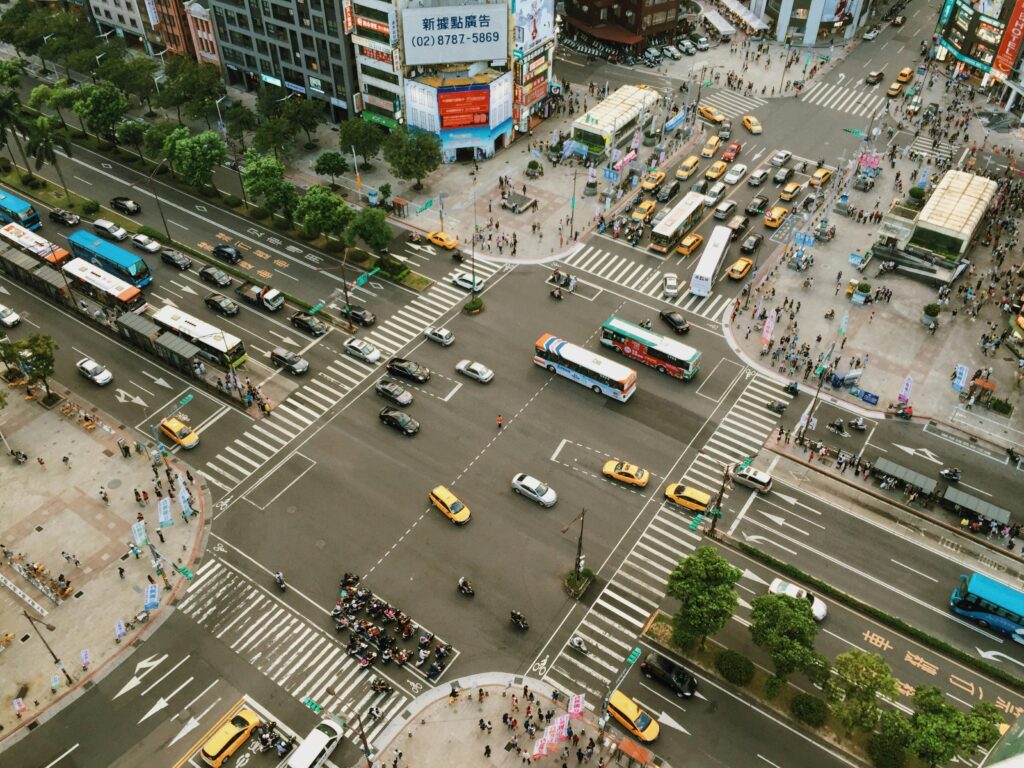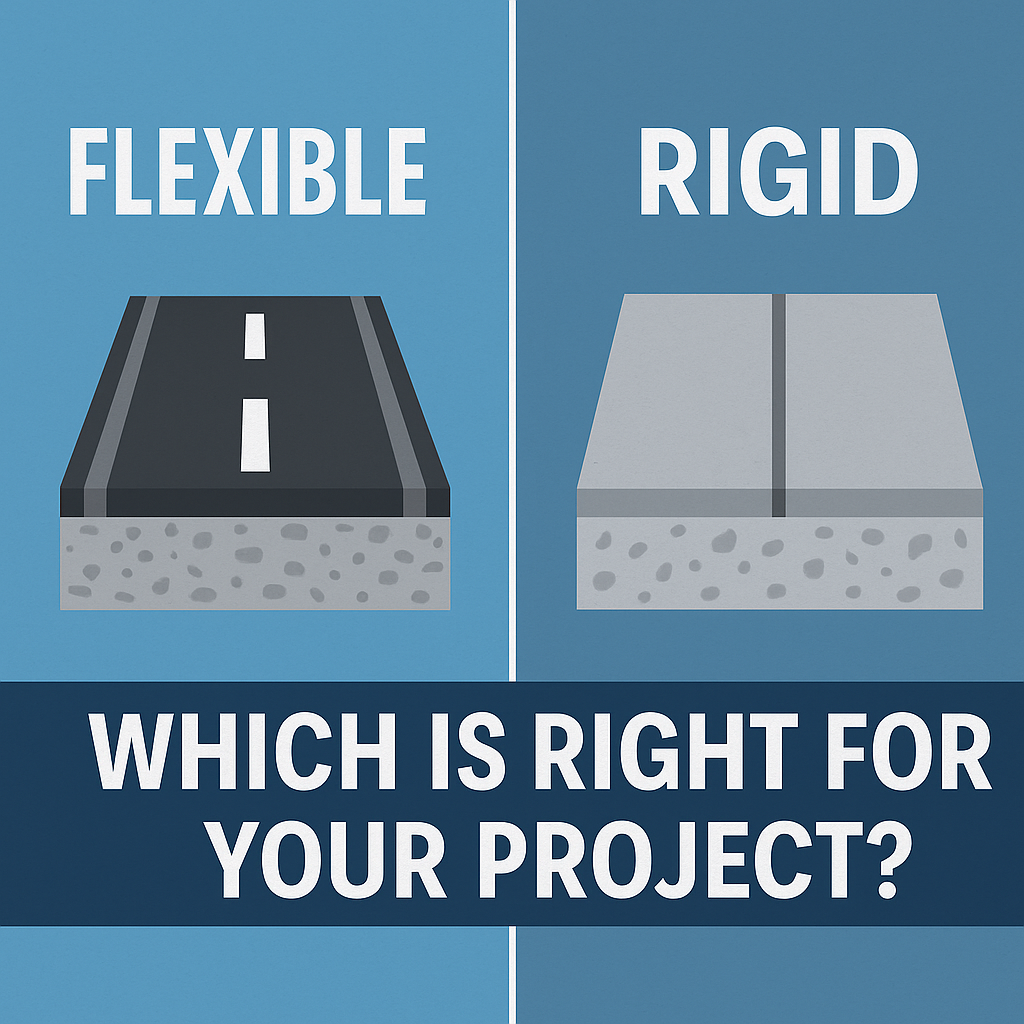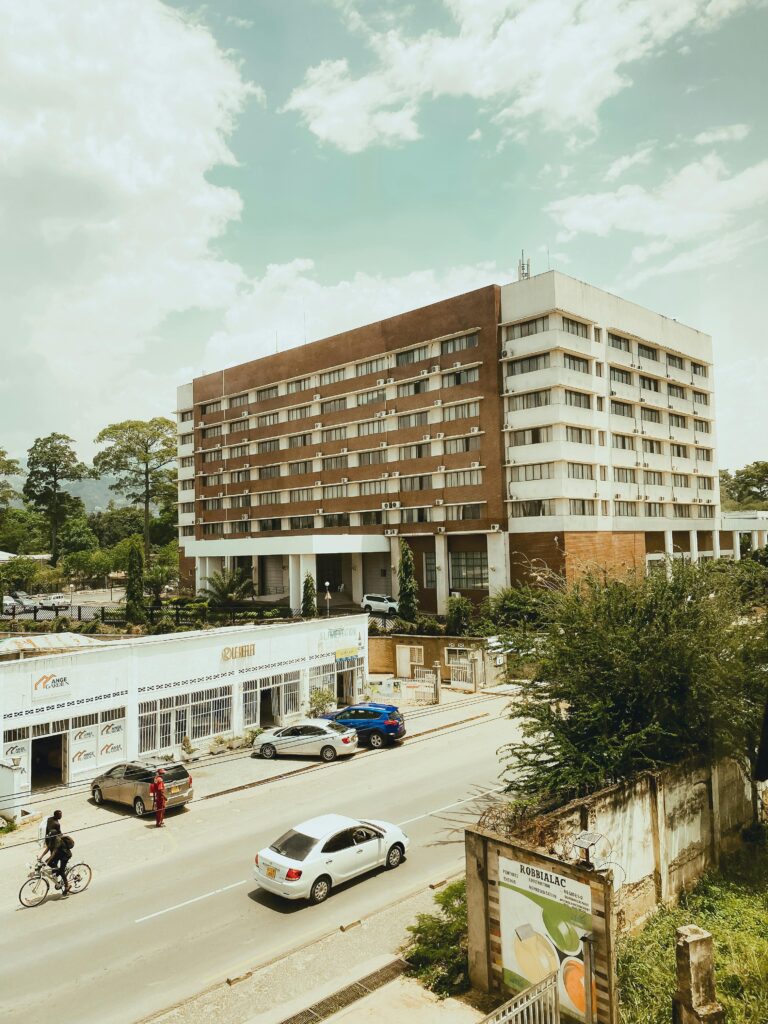Urban mobility is at the heart of sustainable city growth. Around the world, cities face the challenge of moving large numbers of people efficiently, affordably, and with minimal environmental impact. Three of the most common mass transit modes considered are Bus Rapid Transit (BRT), Light Rail Transit (LRT), and Metro (Heavy Rail/Underground Rail).
Whatever mode you end up choosing, the next step would be to calculate your fleet size, for which you can use our fleet size calculator.
But which one is right for your city? Let’s break down the options.
Bus Rapid Transit (BRT)
BRT systems are bus-based services that operate in dedicated lanes and mimic the performance of rail systems.
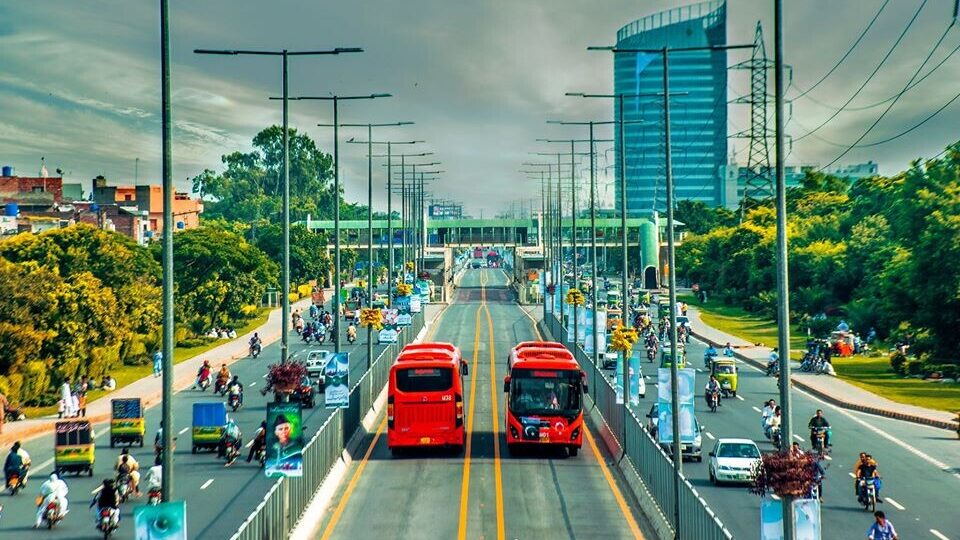
Key Features:
- Exclusive bus lanes
- Off-board fare collection
- Station-like platforms
- High-capacity articulated or bi-articulated buses
Pros:
- Low capital cost compared to rail
- Quick to implement (months to a few years)
- Flexible (routes can be modified as demand changes)
- Works well in developing cities with budget constraints
Cons:
- Lower capacity compared to rail
- Buses still affected by road congestion if lanes are not fully segregated
- Shorter vehicle lifespan than rail vehicles
Capacity Range: 2,000 – 45,000 passengers/hour/direction (depending on design)
Examples: Bogotá TransMilenio, Guangzhou BRT, Istanbul Metrobüs
Light Rail Transit (LRT)
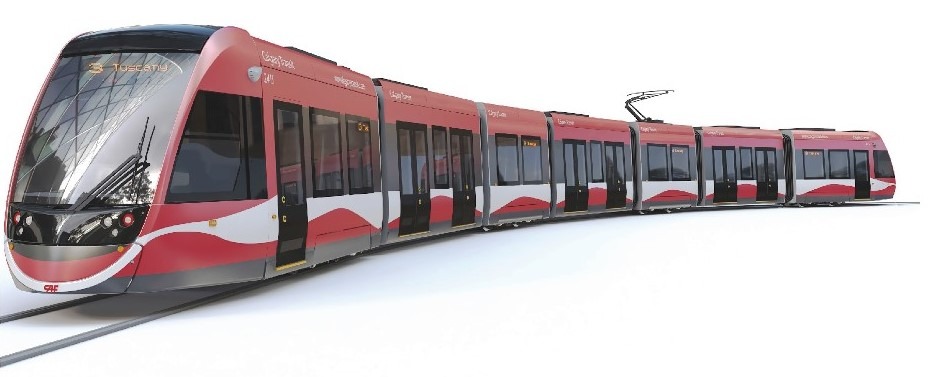
LRT systems use electrically powered trains running on tracks, usually at-grade, sometimes elevated.
Key Features:
- Operates on dedicated tracks (at-grade or elevated)
- Can integrate with urban streets or run in medians
- Higher speed and comfort than BRT
Pros:
- Medium capacity, suitable for corridors too busy for BRT but not yet requiring a metro
- Longer vehicle lifespan (25–40 years)
- Can promote urban redevelopment around stations (TOD – Transit-Oriented Development)
Cons:
- Higher cost than BRT (infrastructure + electrification)
- Implementation takes longer (typically 3–6 years)
- Vulnerable to interference if built at-grade without full separation
Capacity Range: 4,000 – 30,000 passengers/hour/direction
Examples: Calgary C-Train, Portland MAX, Istanbul Tram
Metro (Heavy Rail / Underground Rail)
Metro systems are high-capacity urban rail systems, usually fully grade-separated (underground, elevated, or both).
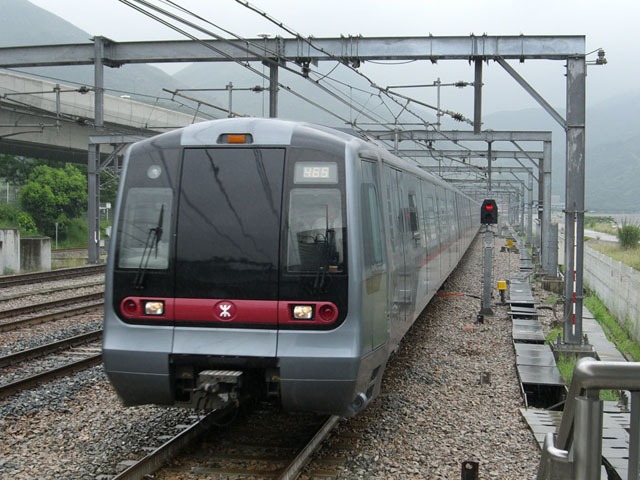
Key Features:
- Fully exclusive right-of-way (no traffic interaction)
- High frequency (2–3 min headways possible)
- Large trainsets with multiple cars
Pros:
- Highest passenger capacity
- Fastest travel times (no interference with traffic)
- Reliable and long-lasting infrastructure (50+ years)
- Strong potential to reshape land use and development
Cons:
- Very high capital cost
- Long implementation period (7–15 years)
- Requires dense urban corridors to justify investment
Capacity Range: 20,000 – 80,000+ passengers/hour/direction
Examples: London Underground, Delhi Metro, Toronto Subway
BRT, LRT, Metro Cost & Capacity Comparison Table
| Mode | Typical Cost (USD/km) | Capacity (pphpd)* | Implementation Time | Examples |
|---|---|---|---|---|
| BRT | $5 – $15 million | 2,000 – 45,000 | 1–3 years | Bogotá, Guangzhou |
| LRT | $30 – $75 million | 4,000 – 30,000 | 3–6 years | Calgary, Portland |
| Metro | $100 – $300+ million | 20,000 – 80,000+ | 7–15 years | Delhi, Toronto |
*pphpd = passengers per hour per direction
How to Choose the Right Mode
The right choice depends on several factors:
- Demand: Peak ridership forecasts are the starting point.
- <10,000 pphpd → BRT is usually sufficient
- 10,000–25,000 pphpd → LRT is often optimal
- 25,000 pphpd → Metro becomes necessary
- Budget & Funding: Metro may be ideal technically, but often infeasible financially.
- Urban Form: Dense cities with limited road space may lean toward rail. Cities with wide avenues may favor BRT or LRT.
- Political & Institutional Capacity: Large metro projects need strong governance, long-term commitment, and financing capacity.
Try using a travel demand model for making an informed decision.
Conclusion
There is no one-size-fits-all solution. BRT offers flexibility and affordability, LRT balances capacity and cost, while Metro provides unmatched capacity and speed at a premium price.
For most growing cities, a staged approach works best: start with BRT in emerging corridors, upgrade to LRT as demand grows, and reserve Metro for the busiest, densest corridors where long-term ridership justifies the investment.

